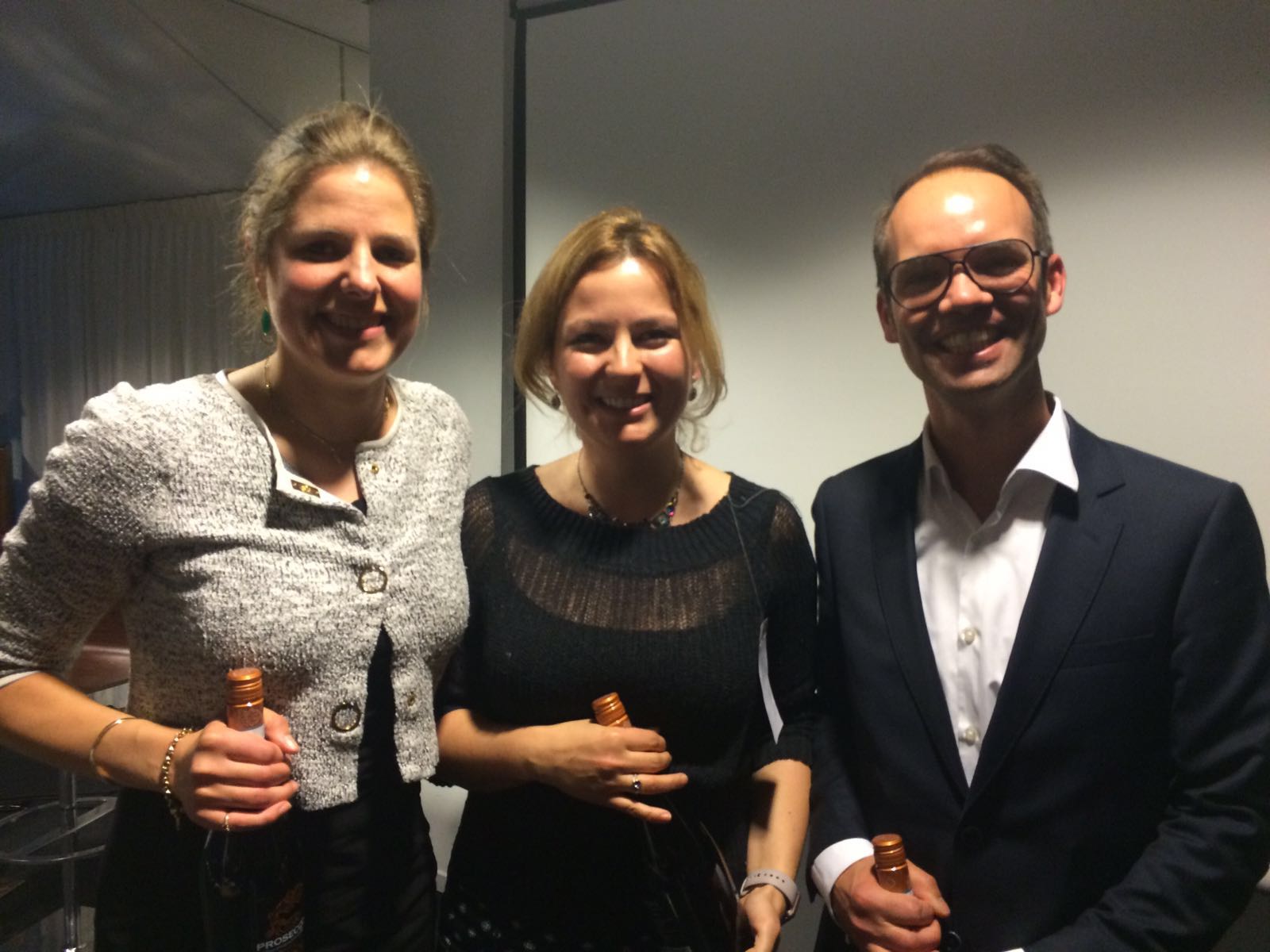The book Circular Business – Collaborate and Circulate explains how you can establish a successful circular business. The three authors, Christiaan, Cécile and myself, are working in the area of sustainability and aim to close the gap between theory and practice in the circular economy. The sustainably produced book was launched with a festive event in Amsterdam on 18 March 2016 attended by over 100 invited guests with a sustainability and circularity interest. A number of case companies from the book – Gispen, MUD Jeans and Interface – explained in interviews how they are putting the circular economy into practice.
The Circular Economy has become a hot topic with specialists in sustainability and beyond. While the interest in ‘circularity’ has increased, many companies are still struggling with how to come to grips with this concept and putting this into practice. This gap motivated us (Christiaan Kraaijenhagen, Cécile van Oppen and Nancy Bocken) to think: Why is circular thinking not yet common sense? How can we do contribute positively to closing this gap? We noticed that a lot of companies started to think about the technical aspects, or, sometimes, the business model. A third aspect of collaboration is equally important, but there is even less knowledge about how to tackle this. This is unfortunate, because a circular economy cannot be created in isolation and requires new forms of collaboration.
10 practical steps
The book guides the reader through a process of 10 steps to initiate circular projects within an organisation, find the right collaboration partners and (financial) incentives and contracts. We take a positive perspective by explaining each of the steps with illustrative cases that successfully started to implement circularity. Several well known but also less-known cases are included such as Interface, Patagonia, Vitsœ, Marks & Spencer, Riversimple, Desso, MUD Jeans, Gispen and G-Star. These cases form an inspiration for companies and professionals who want to make important steps towards the move to a circular economy.
SETTING THE EXAMPLE
In collaboration with Ecodrukkers and Paperwise the book itself has become a circular economy example: it is printed using biological ink, on paper made from agri-waste. Readers are encouraged to make notes in the book and pass it on to the next user. In this way, the sub title “Collaborate and Circulate” gets a double meaning.
MORE INFORMATION AND ORDERING THE BOOK
The book and more information are available at: www.circularcollaboration.com


